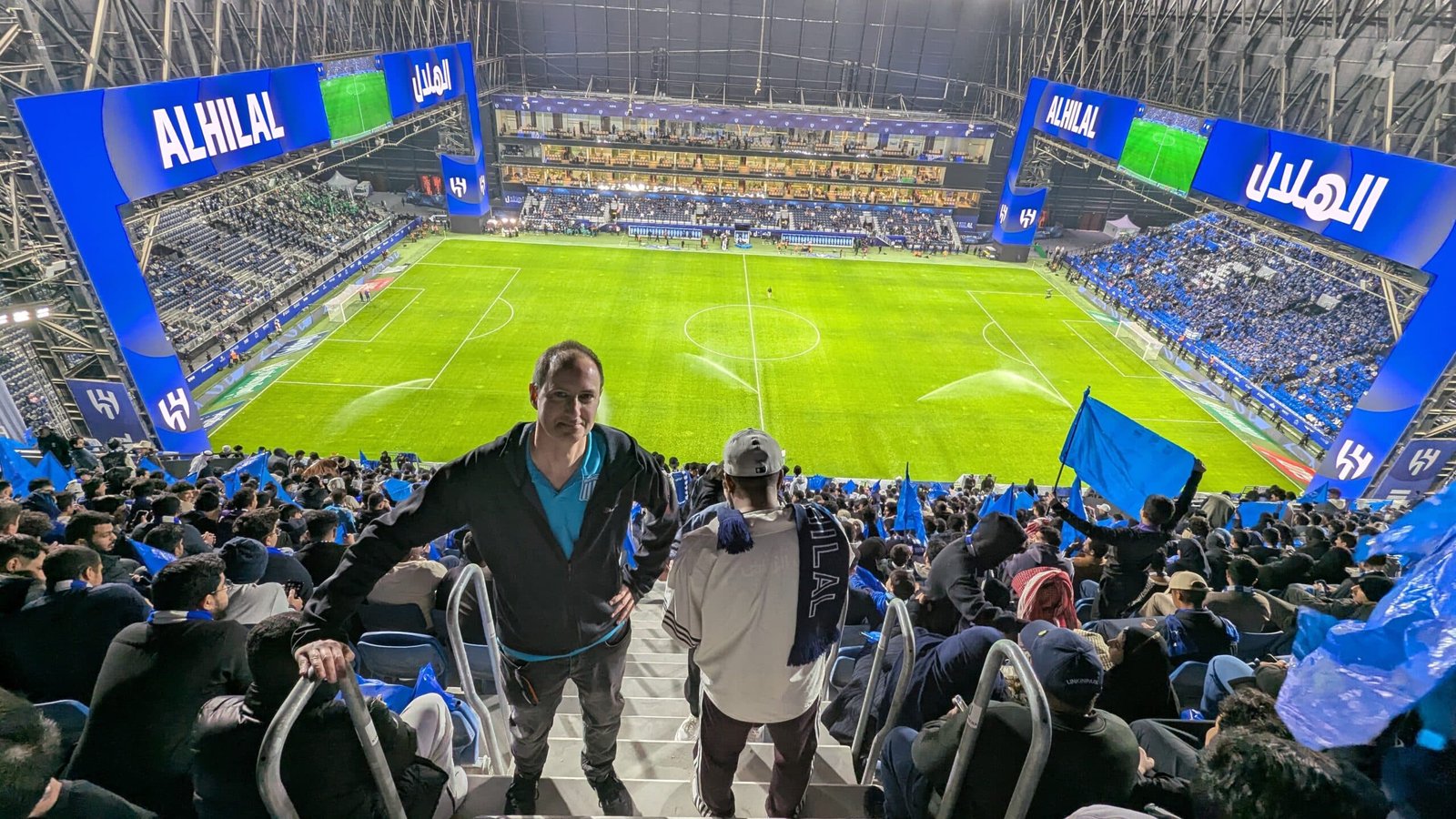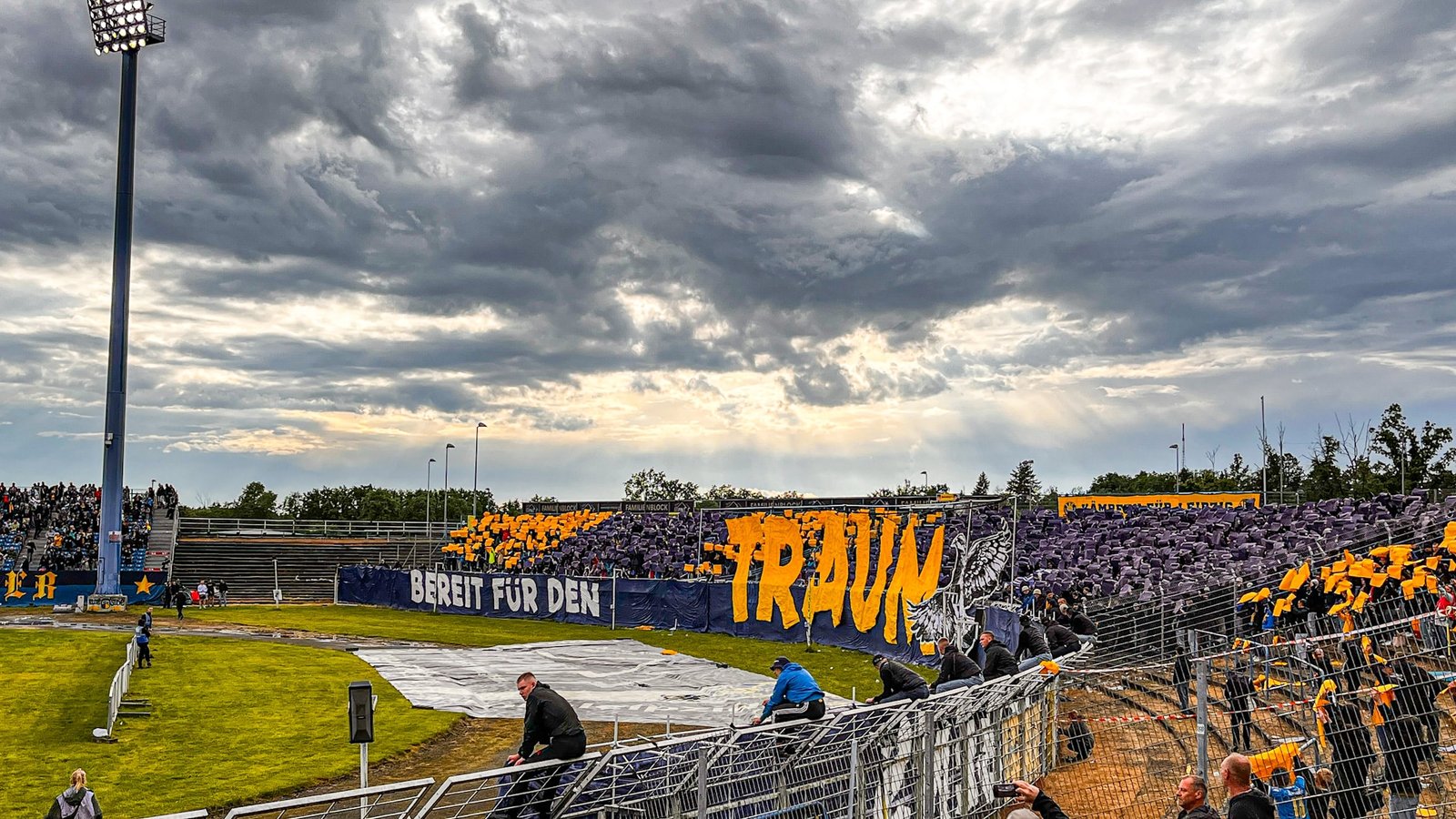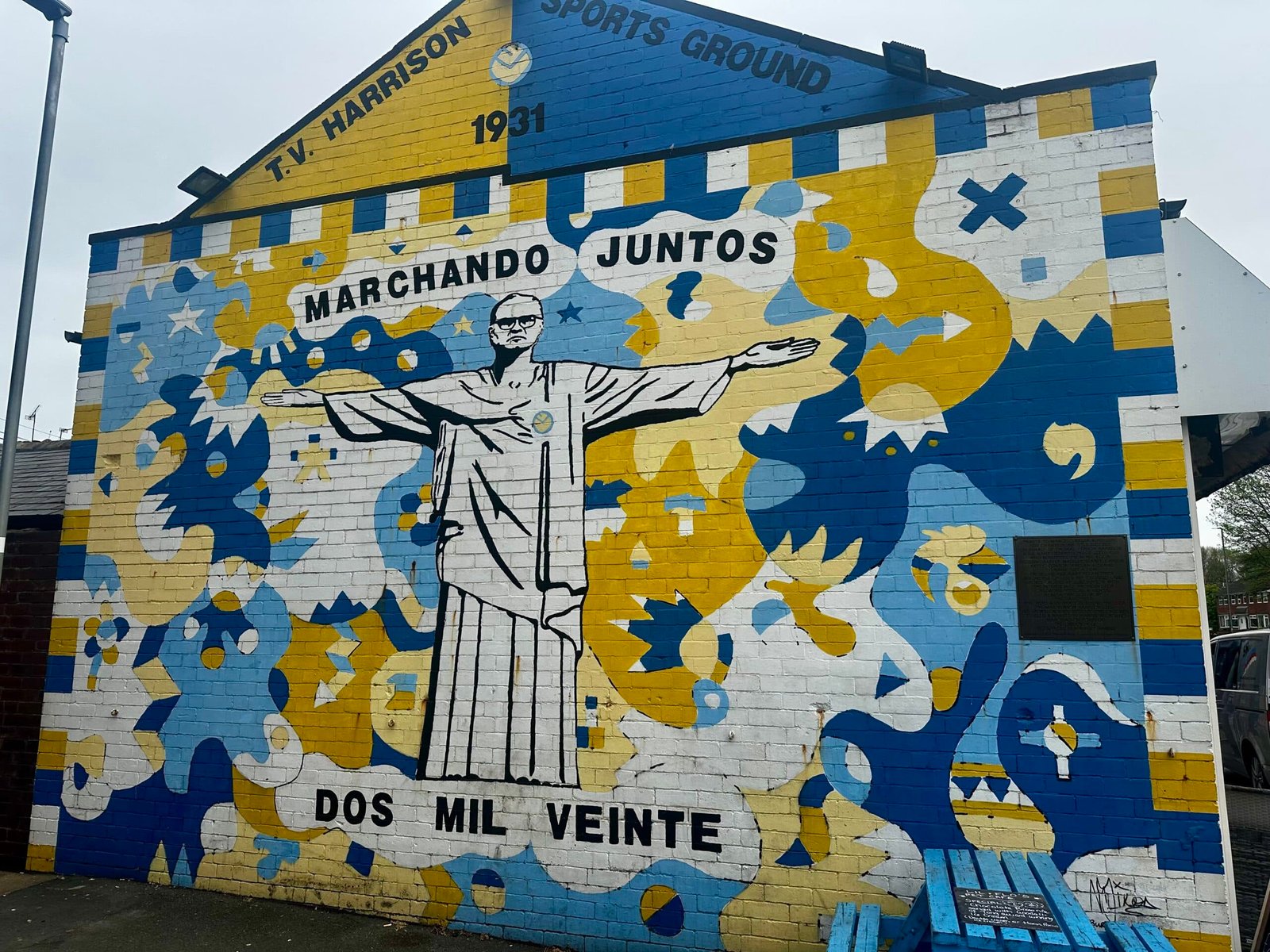The iconic homes of Liverpool and Manchester United are surprising omissions
As expected, the awarding of hosting rights for Euro 2028 went to the UK & Ireland, including all four home nations. Once Turkey withdrew its bid on October 4, the only one left was the joint one submitted in February 2022 by the five associations. The tournament will take place in June-July 2028, involving 24 teams, as it has done since France 2016.
Originally, UEFA endorsed a UK & Ireland bid for the World Cup 2030 but the disgraceful scenes around Wembley before the Euro 2020 Final in 2021 led to a rethink that winter. The switch in focus to Euro 2028 allowed Spain and Portugal to push for their successful proposal to co-host the global event, jointly with Morocco. (For justifiably sentimental reasons, Uruguay will probably stage the opening fixture, a century after the inaugural World Cup, with Argentina and Paraguay sharing the limelight.)
In terms of size, criteria for stadiums staging the Euro finals are less strict than for the World Cup. Ten are required, including a main one of at least 60,000 capacity, and one, ideally two, of 50,000. Three can hold as few as 30,000 spectators. For the UK and Ireland, the four national arenas – Wembley, Hampden Park, the Aviva in Dublin and the National Stadium of Wales in Cardiff – were all obvious selections. The Aviva will be renamed the Dublin Arena for tournament purposes. Wembley and Hampden both co-hosted Euro 2020, while Covid precautions forced Ireland to withdraw.

The situation in Belfast is more complex. There, the national stadium of Windsor Park was substantially renovated in 2015 – in fact, it held the UEFA Super Cup – but its capacity is limited to 18,500.
While the solution of using GAA and hurling ground Casement Park allows Northern Ireland to be among the hosting nations, whether the decrepit ground can be rebuilt in so short a time is open to question. Although the capacity is just over 30,000, the stadium has been closed for safety reasons since 2021 and little has since been to renovate it.
To complicate matters further, in the political chaos after Brexit, Northern Ireland still has no functioning government and Casement Park, set in Catholic West Belfast, has associations with the republican movement. It is named after a revolutionary involved in the Easter Rising executed in 1916.
Many will also be surprised by the absence of Anfield and Old Trafford from the list of ten host stadiums. Apart from their symbolic significance as homes of England’s two most famous and successful clubs, Old Trafford is the second-largest football ground in the country at 74,310 capacity. With the future ownership of Manchester United still unclear, so are plans for the stadium’s redevelopment, leading to Old Trafford being pushed aside to make way for Manchester City’s Etihad Stadium to step in.

As for Anfield, the reason would again surprise many: the pitch is too small. UEFA insists that pitches for Euro finals must have the standard dimensions of 105m x 68m, and Liverpool’s is only 101 metres long. So that the city is represented at the second biggest event in international football after the World Cup, the new Everton stadium at Bramley-Moore Dock will be one of the ten venues for Euro 2028, even though it’s yet to be built and the host club has its own ownership issues.
Few would dispute the choice of the remaining three grounds in England, St James’ Park in Newcastle and Birmingham’s Villa Park, both used for Euro 96, and the much-acclaimed Tottenham Hotspur Stadium. The London Stadium, built for the 2012 Olympics and home of West Ham, was an early possibility but then dropped. It is hoped that a series of fan zones in cities such as Brighton, Bristol and Edinburgh should engage other areas of the country in the festivities.











